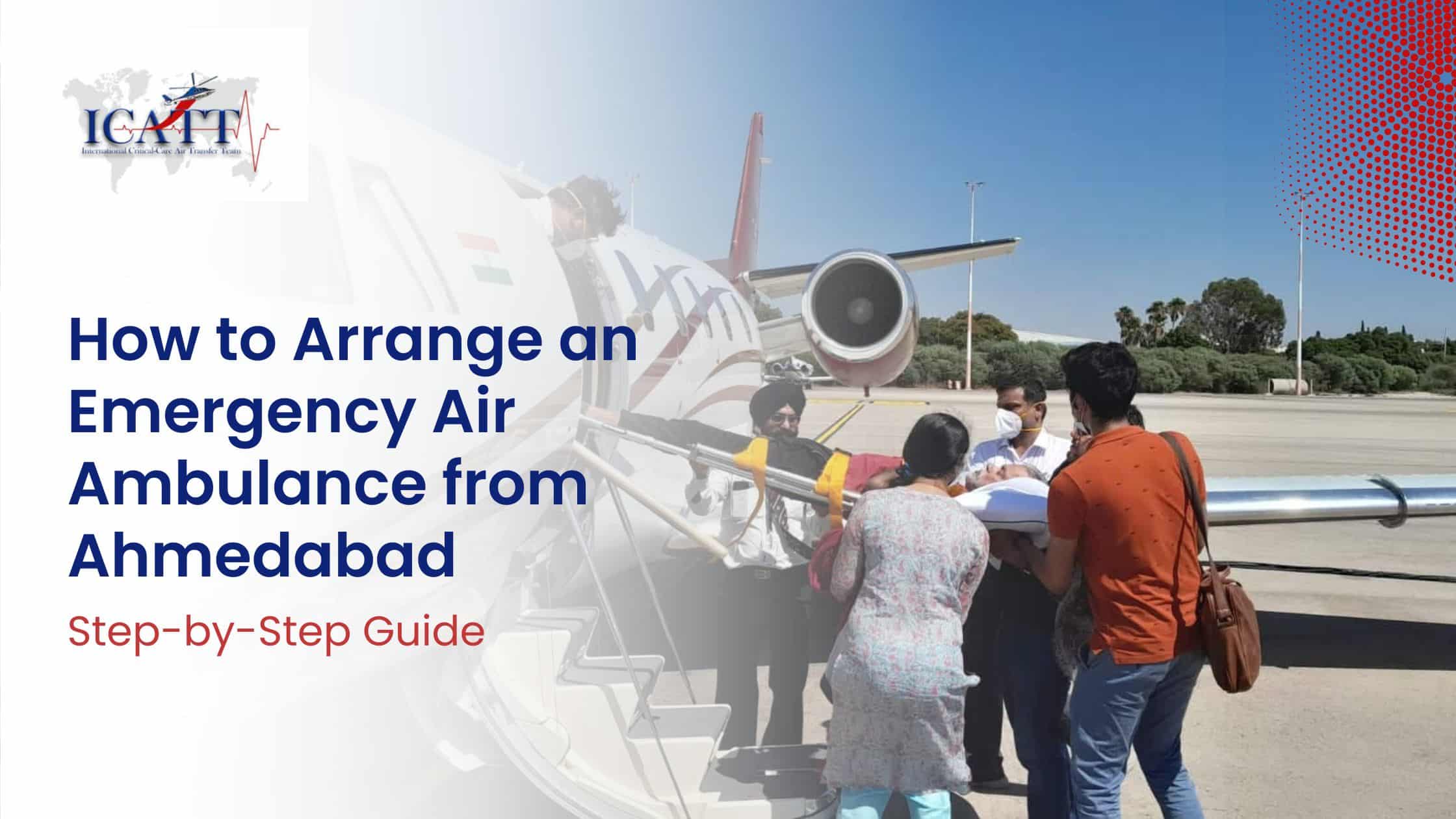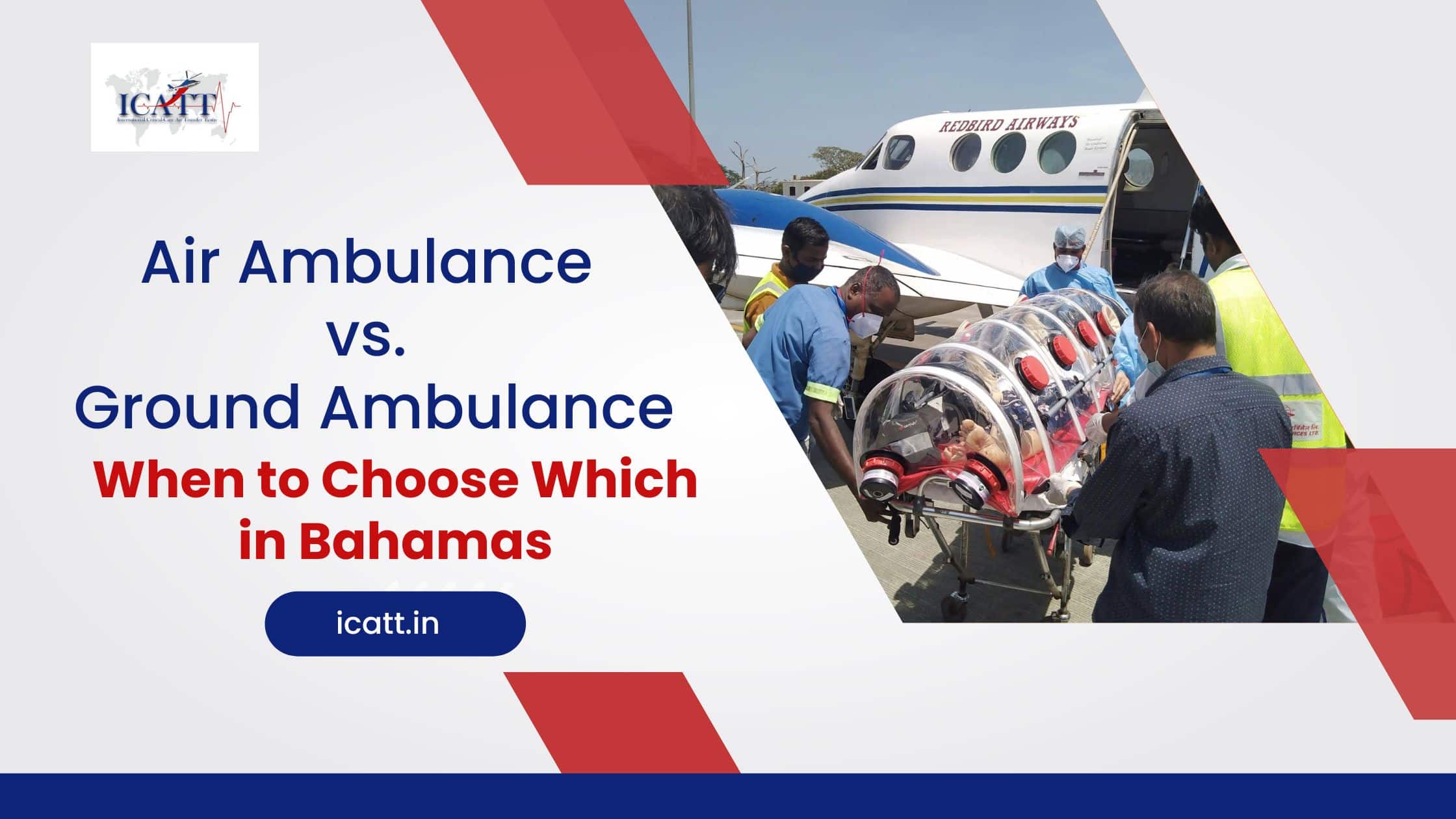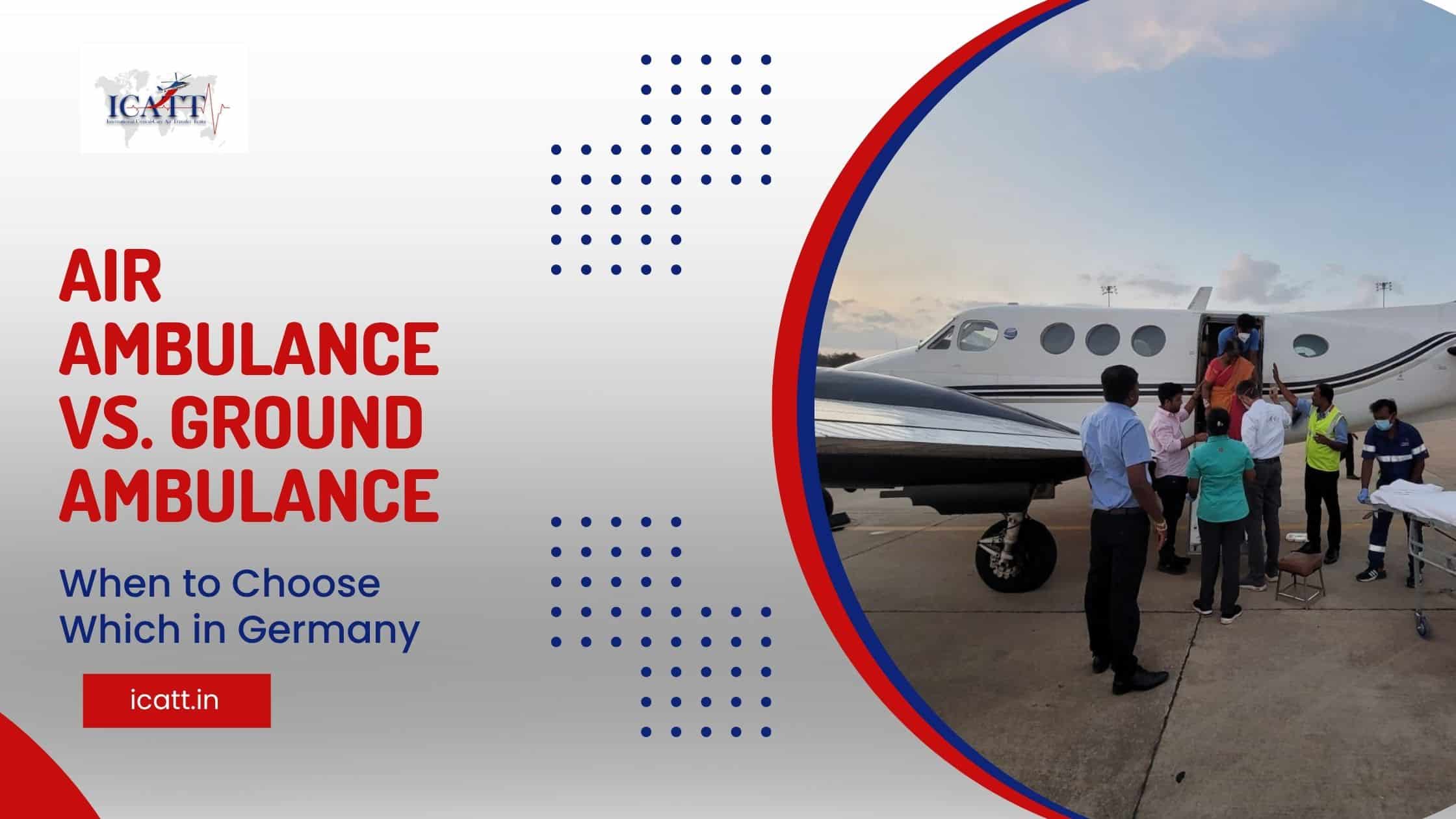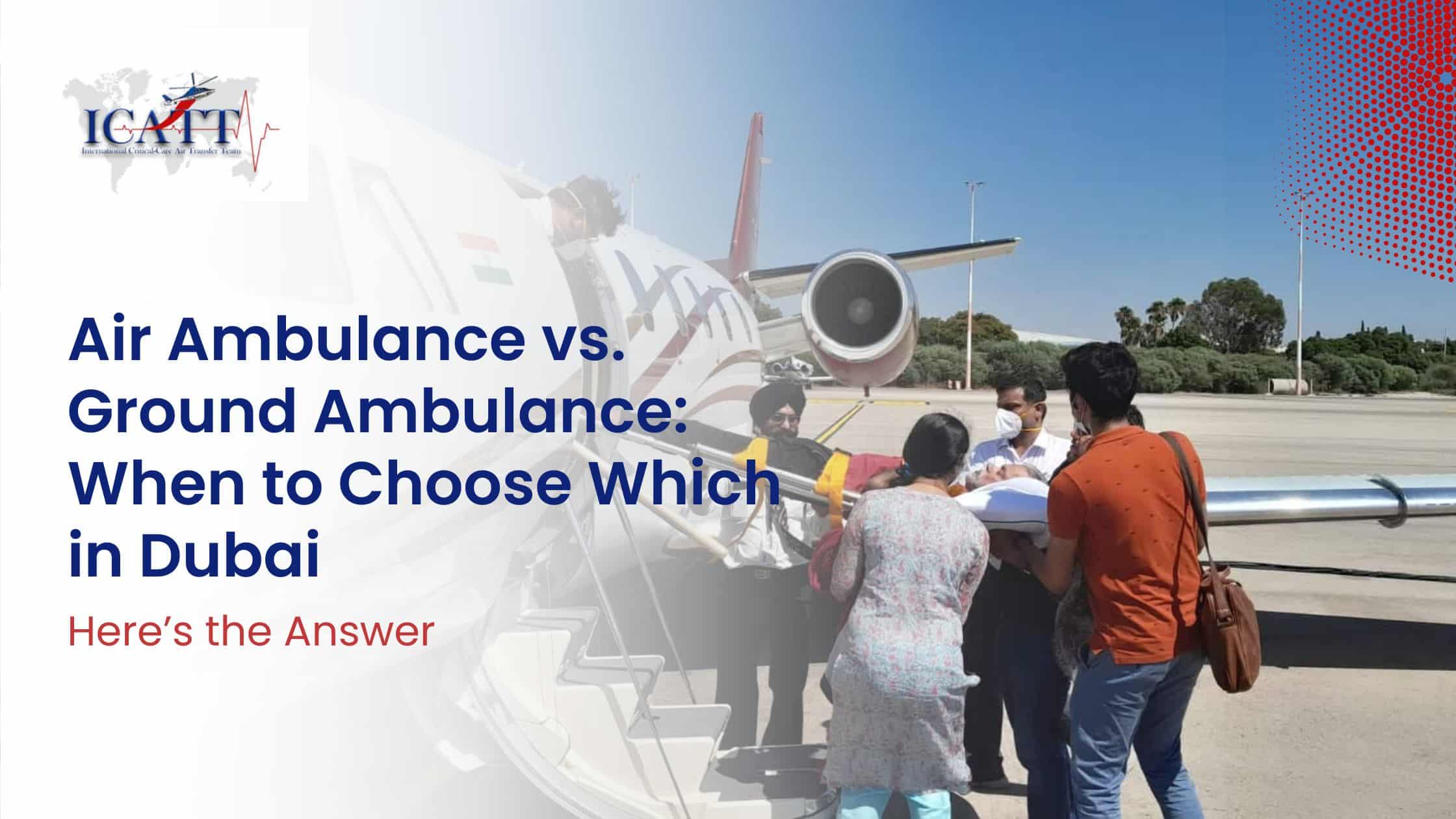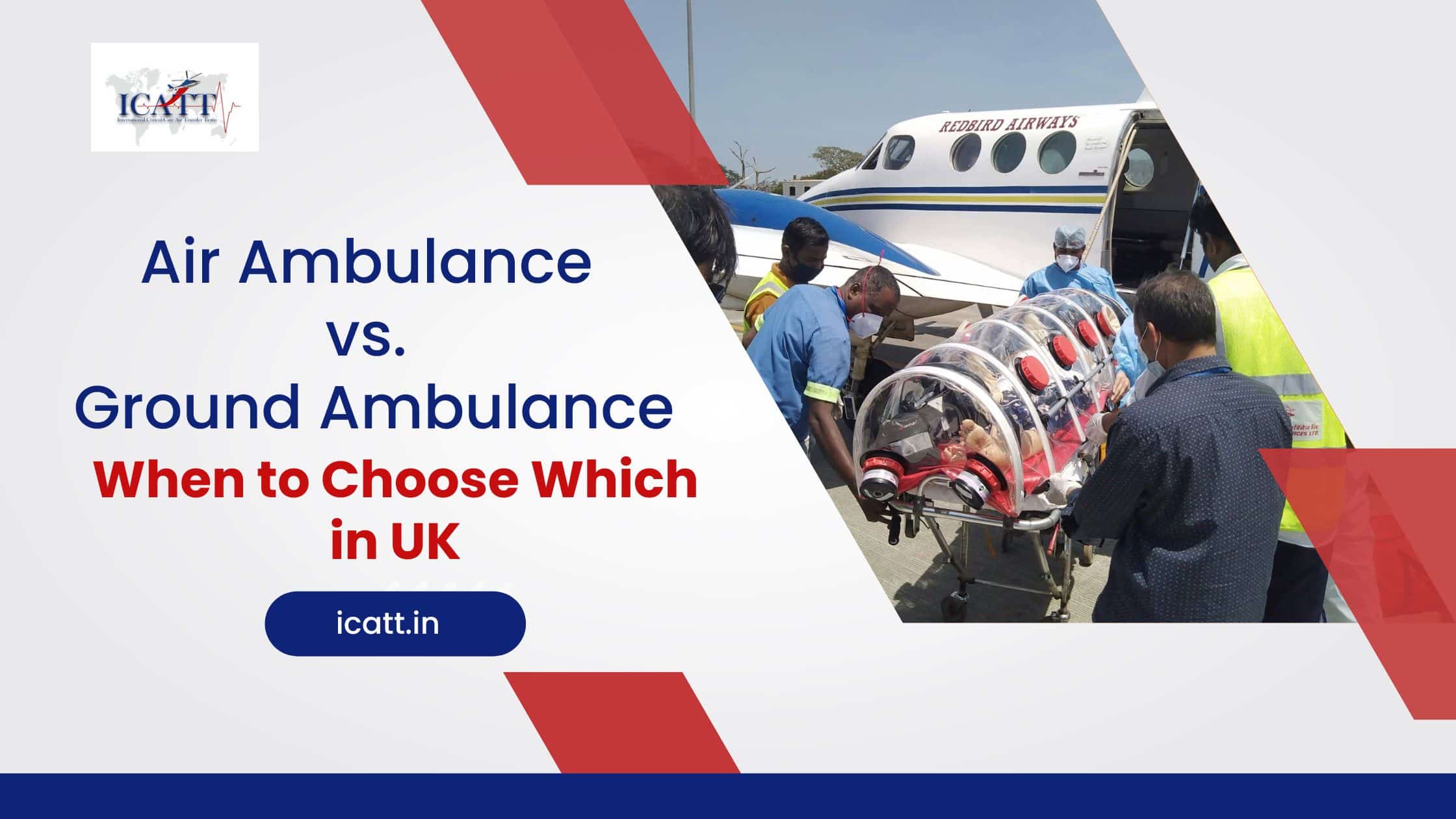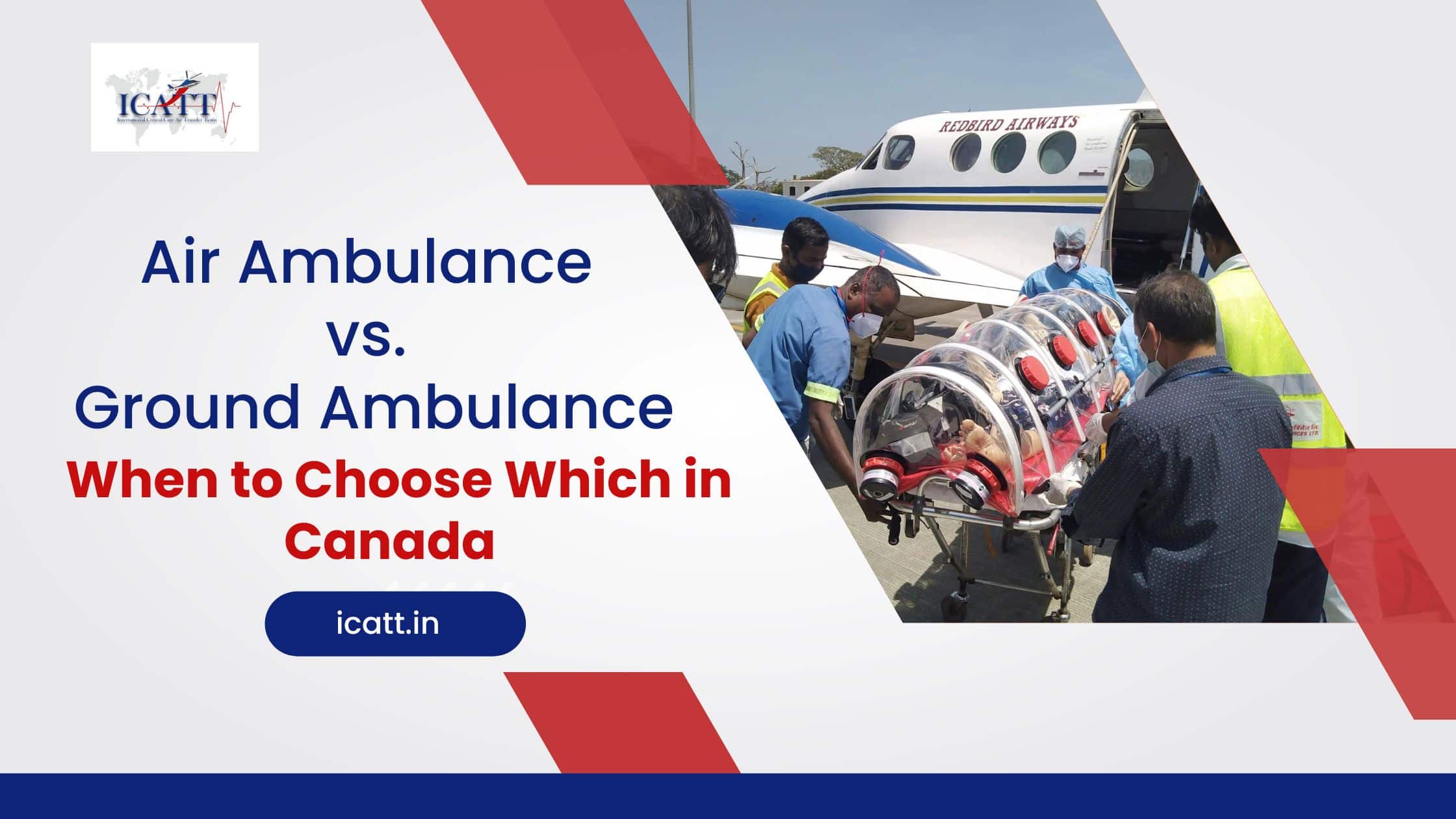COVID-19 has been officially declared as a pandemic; the global severity of the disease is significant and continues to increase. This virus has a high human-to-human transmission through air droplets and contact routes. Most of the patients are transferred to different hospitals by ambulance, and ICATT air ambulance is one of the effective means.
During the current coronavirus (COVID-19) pandemic, ground and air rescue, emergency medical services (HEMS) and fixed-wing (AEMS) face unprecedented challenges. Although there are some recommendations for preventive measures for hospital emergency procedures and for tracheal intubation, there are insufficient guidelines for preclinical situations.
Unfortunately, the risk of spreading the disease to medical aircrews is higher than that of hospital healthcare providers, mainly because of very limited resources and space in preclinical settings. Aerosol generation techniques such as air ducting and ventilation are of major concern. Various approaches have been used to prevent transmission by patients with highly contagious infections during air transport. To solve this problem, ICATT follows German Pod to transfer for COVID-19 patients.
German POD transfer is used when transporting a highly contagious patient for several hours indoors. This provides Standard Process (SOP) for infection prevention measures in fixed-wing, helicopters, and land ambulance missions during the COVID-19 pandemic. This article explains to you about the newly launched ICATT’s Integrated Air Ambulance Services in Bangalore for Emergency Medical Transit of COVID 19 infected patients.
Benefits of German ISOPod:

- The potential benefits of using a small patient isolation unit (PIU) are that the accompanying medical personnel do not need to wear personal protective equipment (PPE) during transportation, but can still have full access to patients. ICATT has its own PIU. These devices allow the transport of spontaneously breathing or mechanically ventilated patients in pressure jets, small helicopters and land ambulances without having to move between transport units. This PIU is unique in that it remains airtight despite a sudden loss of pressure in the cabin.
- Using isolation systems for each patient increases the effectiveness of our healthcare system during a pandemic outbreak.
- Air Ambulances typically require two to four hours of disinfection between trips. The isolation pod reduces the need to disinfect an ambulance and protects crew and subsequent patients from infection.
- The individual patient isolation system increases the capacity of our healthcare system by making evacuation and transportation between hospitals more efficient. With German pods, patients can be cared for during an evacuation while protecting the crew.
ICATT Launches Integrated Air Ambulance Services in Bangalore for Emergency Medical Transit:

ICATT Air Ambulance developed a precision SOP for the use and handling of PPE during HEMS, AEMS, and ambulance missions. Especially during the current pandemic with many infected patients, strict adherence to these standards in every mission is essential. Simulation training of special measures for infection prevention is highly recommended for every crew member as it improves the suitability of SOPs.
SOPs for infection prevention measures in an air ambulance and land ambulance during the COVID-19 pandemic
- Maintain a distance of at least two meters from the patient. If possible, wearing PPE is not mandatory. This applies both at locations where HEMS crews work and during flights.
- Only join the medical team in the emergency room or intensive care unit in exceptional cases. In this case, wear the same personal protective equipment as the medical crew.
- Wear inspection gloves, class 2 filter mask (FFP2 / 3), and goggles on every mission. Bring a bottle of hand sanitizer.
- If possible, maintain a distance of> 2 m from the patient during initial contact and when checking for COVID-19 risk factors.
- Put a face mask over the patient’s mouth, and nose or (depending on the clinical condition) a tightly fitted oxygen mask without a respirator with sufficient oxygen flow and a face mask over the exhalation valve.
- Avoid aerosol generation practices such as non-invasive ventilation (NIV), high-flow oxygen therapy, tracheal suction, or drug nebulation.
- Wear protective clothing (weather permitting) when planning aerosol-generating procedures (mechanical ventilation, airway management, oral aspiration, cardiopulmonary resuscitation, etc.).
- Avoid unnecessary interference with respiratory protection circuits.
- Check for sedation/analgesia and relaxation (consider bolus if necessary)
- Prepare conventional automatic pumping bags with flexible hose extensions and air filters and tank bags with built-in oxygen supply.
- Turn off the ventilation unit of the emergency unit.
- Tighten the tube between the patient and the filter
- Avoid unnecessary respirator circuit disconnections.
Conclusion:
Integrated air ambulance service, including fixed-wing aircraft, helicopters and ground ambulance, equipped with German ISO patient transfer pods are used for aeromedical transportation of infectious patients. This includes isolating the patient or medical crew. One of the advantages of this is that the vehicle can be replaced easily without polluting the environment and still allows access to the patient.
ICATT Air ambulance transportation company certified by the states of Bangalore uses fixed-wing ambulances and rotary-wing ambulances in its medical transportation fleet. Visit our website or call at +91-9701111156 to learn more about how ICATT provides the best medical transportation care.

